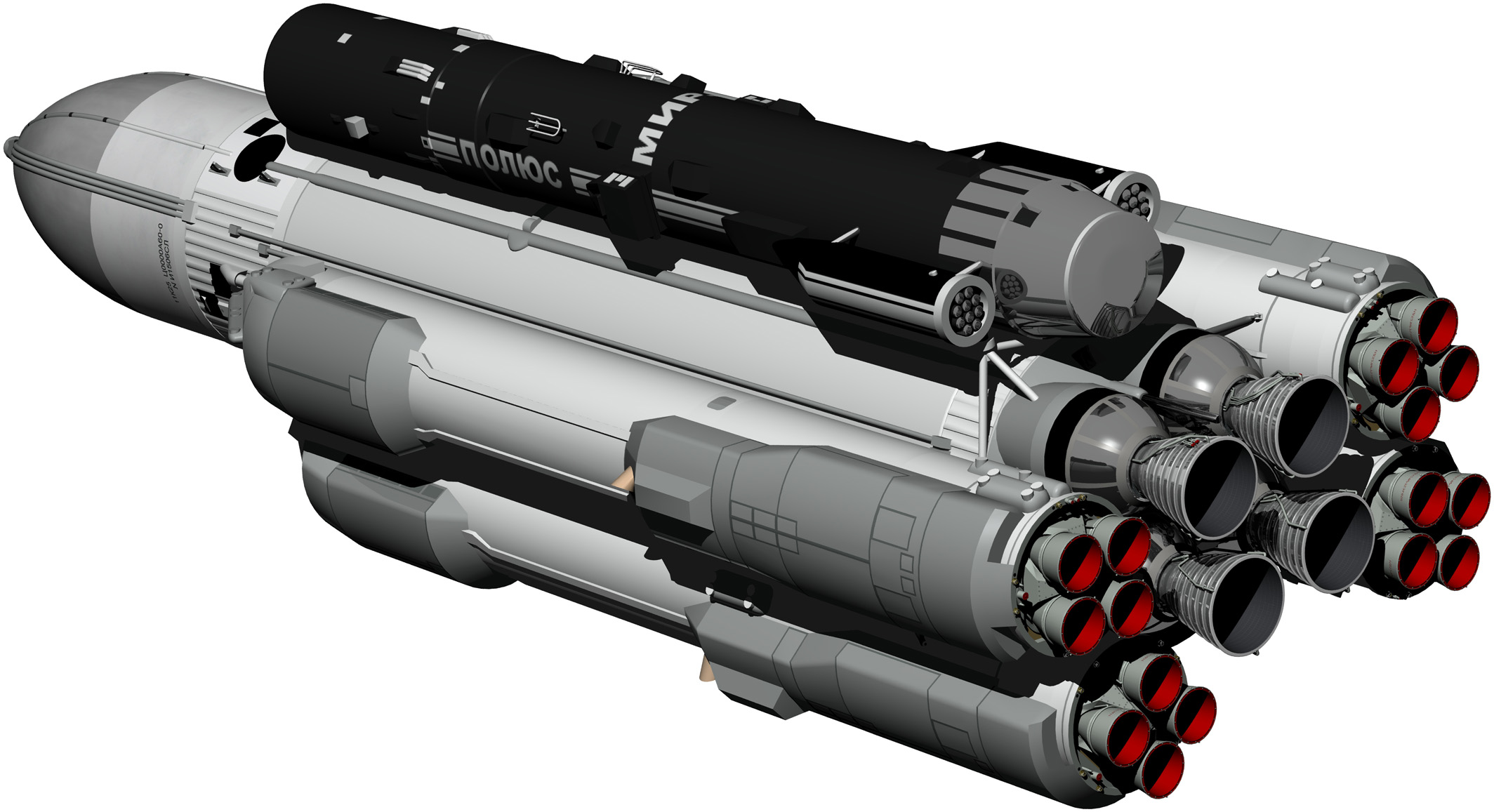
In 1983, the illusion of “peaceful space” finally collapsed for the general public: President Ronald Reagan announced a
Strategic Defense Initiative (
Strategic Defense Initiative ) program, in which the United States gathered to deploy a wide range of weapons in outer space to intercept Soviet intercontinental ballistic missiles and their warheads. Of course, we could not give the initiative into the hands of the enemy: since the days of Hiroshima and Nagasaki, the fragile peace between countries has been maintained only with the help of the balance of weapons. And in the twilight of the USSR, the development of a domestic combat laser spacecraft began, the mass-dimensional mockup of which (without the laser itself) was launched into space by the Energia launch vehicle. However, the laser itself was also tested, however, on an airplane.
The IDF program was not the first attempt to militarize space. In fact, such plans were hatched
since the 1950s , and even earlier. Of course, the intelligence services of both countries received some information about each other’s developments, and Reagan’s speech in 1983 was hardly a big surprise for us. The problem of protection (more precisely, its impossibility) against intercontinental ballistic missiles was also confronting the USSR. But at that level of technology development it was impossible to solve it (which later became the reason for the temporary closure of the PIO itself). Therefore, as a “first step,” our military leadership decided to create a means of dealing with the enemy’s satellites.
By that time, the satellites had already played a very important role, and in the first place in military affairs. The USSR and the United States actively used satellite navigation, communications and reconnaissance, and in the early 1980s, the development of GPS began — an interspecific navigation system for the Navy, Air Force and ground forces (which was later allowed to be used for civilian needs). The accuracy of the actions of strategic bombers, missile-carrying submarines and Tomahawk cruise missiles depended primarily on satellite navigation systems.
Approximately in the same period (the beginning of the 1980s), the idea was born in the USSR to use laser weapons to destroy enemy satellites and other spacecraft (and, in the long term, ballistic missiles). The laser itself already existed and was actively being worked out: as early as 1977, a whole scientific and production cooperation from the Beriev Design Bureau, Almaz Central Design Bureau, the Institute of Atomic Energy. Kurchatov, Taganrog Machine-Building Plant and a number of other organizations began to create a flying testing laboratory to test the possibility of using a laser in the upper atmosphere.
A laser with a maximum power of 1 MW was mounted on an IL-76 plane in a turret that was rising from the middle part of the plane. In the nose fairing installed guidance system. On the sides in the middle part, two turbogenerators were placed in massive fairings, which were supposed to energize the laser and related equipment in flight.
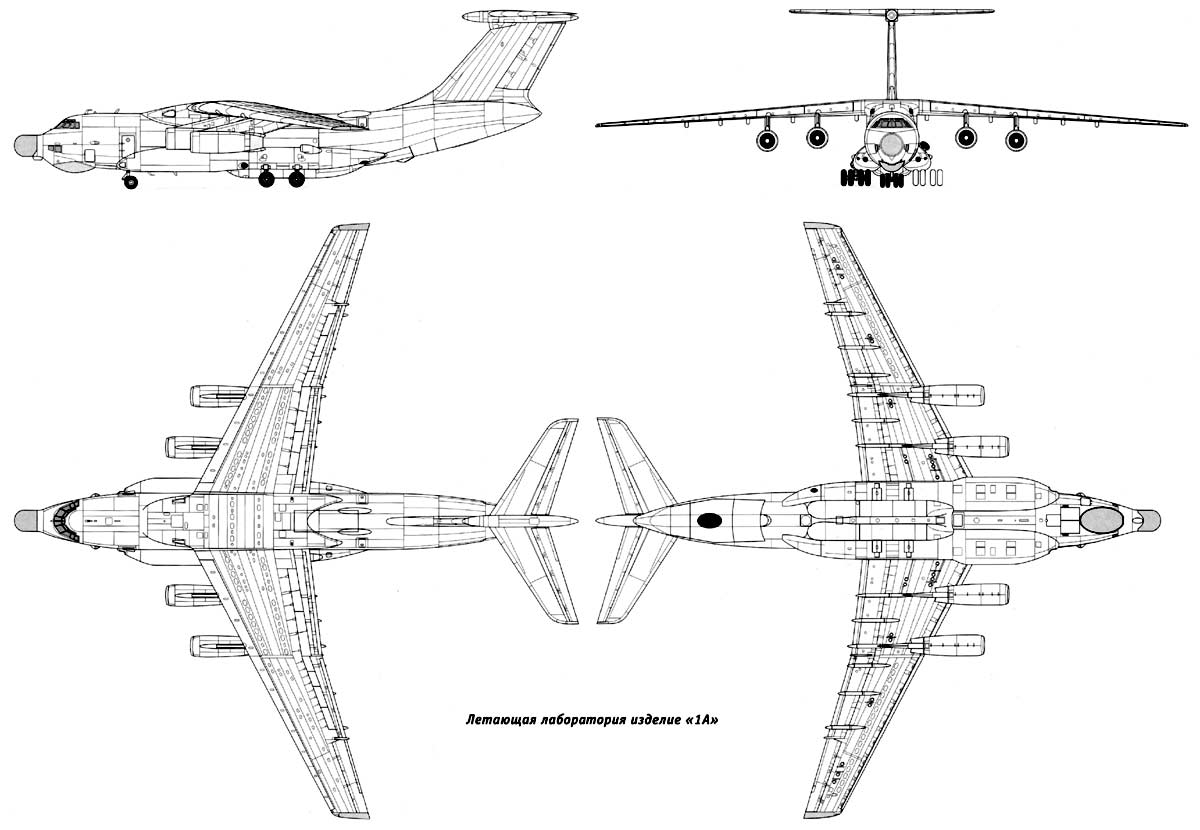


Prototype, RD0600 laser per 100 kW — continuous operation, gas-dynamic, working on gaseous carbon monoxide (CO
2 ). Weight 750 kg, dimensions: 680 x 1820 x 2140 mm.
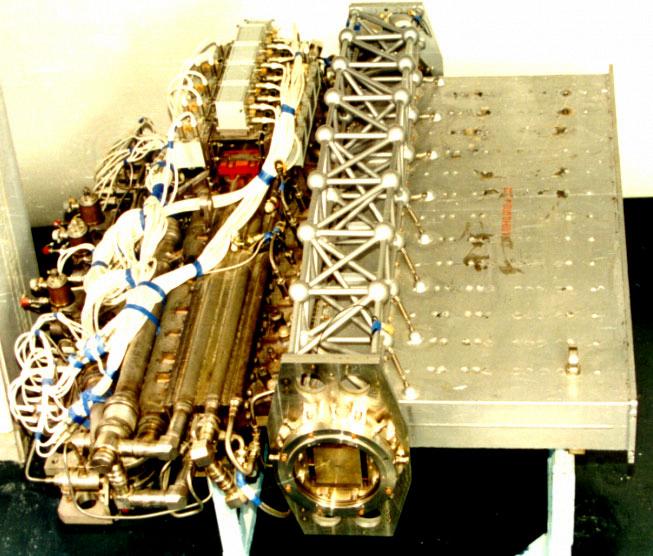
The flying laboratory received an A-60 index (“1A”), and set off on its first flight in 1981. Because of the complete secrecy of the program, no details of the laser tests are known. It is believed that over the 8 years of work, the A-60 made several dozen sorties with shelling targets at altitudes up to 30-40 km. Alas, "1A" burned down at the airfield in 1989. However, after the collapse of the country, the program was not closed, like many others. In 1991, they managed to build a second copy of the flying laboratory - "1A2" - which still works today. Rumor has it that the research program is funded in full.
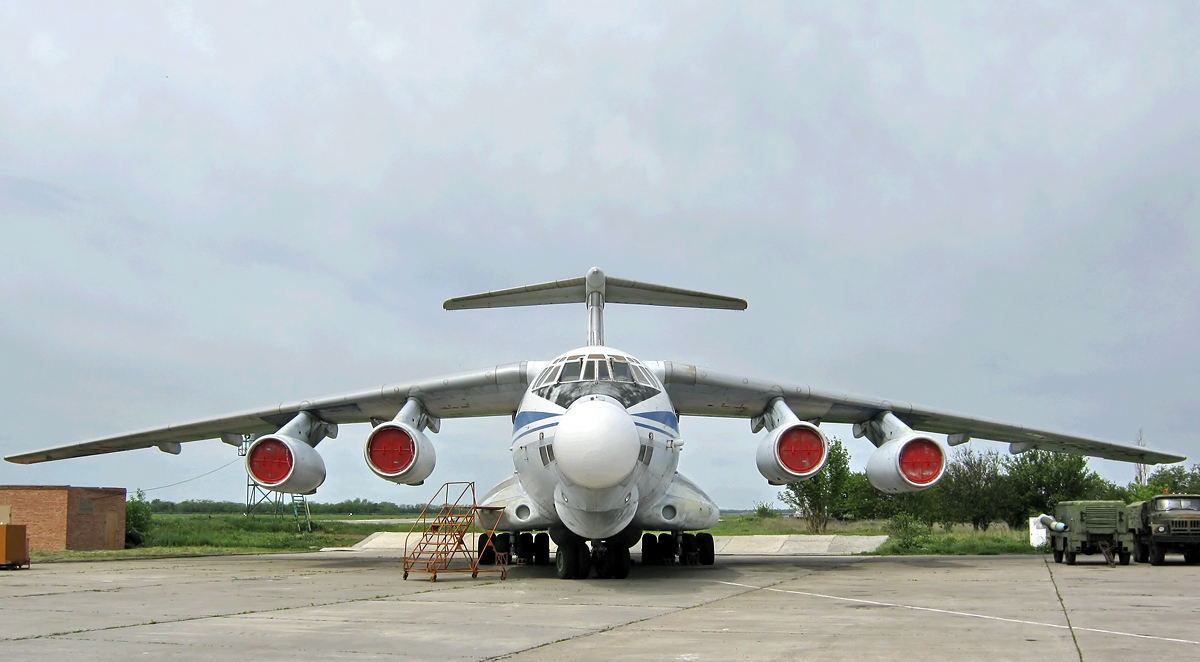
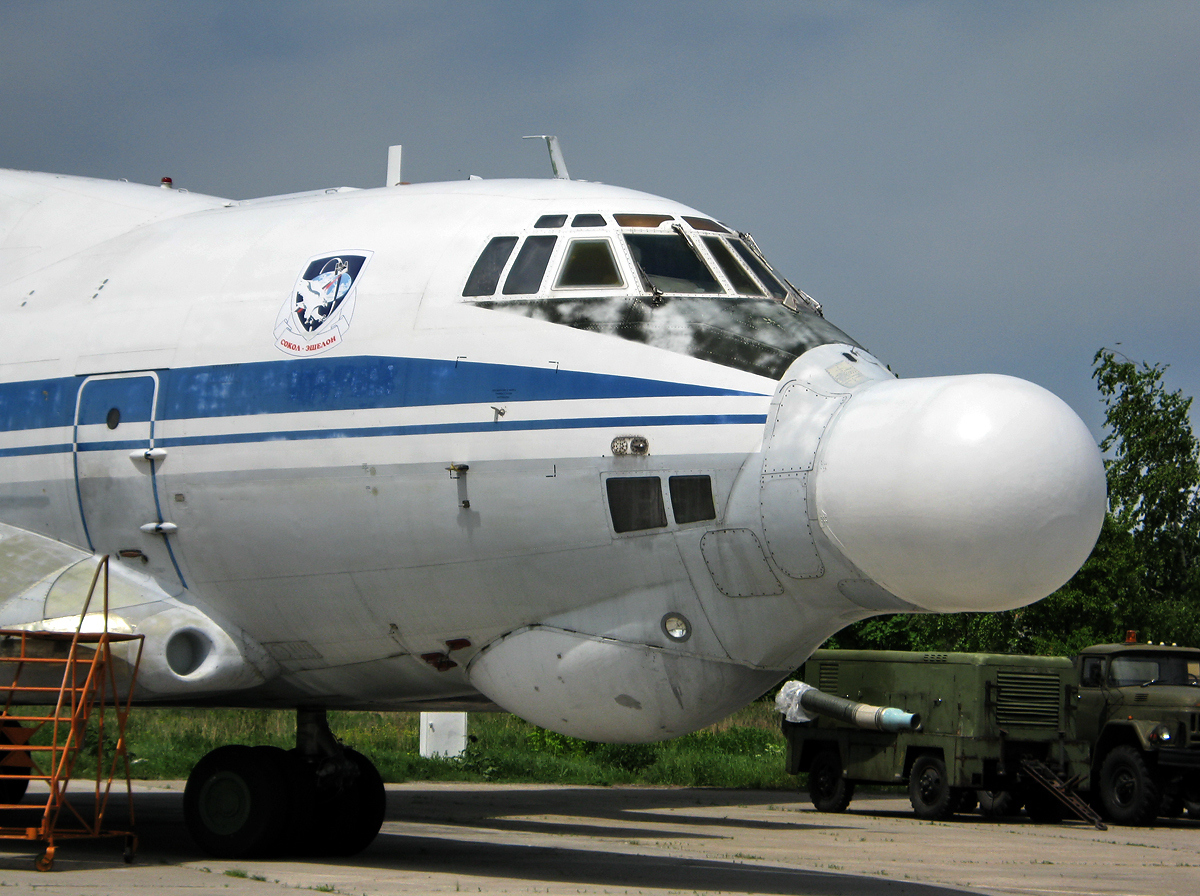
But we digress. Three years after the start of flight tests, the megawatt laser was already sufficiently developed to test the idea already outside the atmosphere, in space. In 1984, an order was signed to create a heavy-duty experimental spacecraft with laser weapons to destroy satellites, ballistic missiles and warheads. The device was assigned an index 17F19D "Skif-D."
In addition to testing the laser itself, Skif planned to work out a number of other systems for future developments as part of the national missile defense system. The difficulty was that such a powerful laser required an appropriate source of energy, fuel reserves and a considerable amount of auxiliary equipment. The country simply did not have any carriers capable of launching such a heavy apparatus into space. However, the way out was found quickly: the development of an extra-heavy Energia launch vehicle approached the end, which they decided to use to launch Skif, since it was already clear that Buran would not be ready by the appointed date.
In order to be in time at the moment when Energia was ready, when creating the Skif, nodes and solutions from other spacecraft were used to the maximum. In the design of the orbital laser, the elements
of the TSS supply ship , the
Buran orbital rocket- plane , the
Mir orbital station and
the Proton-K launch vehicle were used . In addition to the laser itself, Skif was supposed to carry CO2 cylinders and two electric turbine generators for powering the laser, a guidance system, modules for ejecting educational inflatable targets, sliding solar batteries and pre-accelerating engines designed to bring the Skif into a supporting orbit.
To facilitate the guidance of the laser, the head of the apparatus was supposed to be turning. This greatly complicated the control system: after all, it now had to take into account both the position of the spacecraft itself in space and the movements of the turning "laser" compartment. And it's not just about figuring out where to turn, but at the same time compensating for the dynamic disturbances from the gas exhaust when the laser is working, from the gas generators, from the rotation of the heavy front compartment. At the same time, the requirements for the accuracy of the control system were very strict: if the error is too great, the laser beam will not be able to bring and hold on the target long enough to disable it.

A curious feature of the Skiff was that it should have been displayed upside down in space: on the booster rocket it was fastened with the head compartment down. And after the separation from “Energy”, the device needed to make a “inversion”, as the developers called this maneuver, to turn 180 degrees, and then another 90 degrees along the longitudinal axis, and then turn on the overclocking engines to go into orbit.
As development progressed, all new technical and design difficulties arose, which delayed the creation of the Skif. It soon became clear that the complexity of different systems does not allow them to be assembled into a single product without testing in real "field" conditions. Therefore, it was planned to first launch a test sample without a laser and electric turbine generators, to work out all the main systems, and only then to test a complete product. This model was to be the Skif-DM - a 77-ton layout as a payload for the first launch of Energia in September 1986. And in order to extract more benefit from the flight of the model and at the same time hide the appointment of the device from foreign intelligence services, Skif-DM was equipped with tools for conducting geophysical experiments. And under the guise they wanted to check the system for shooting targets for testing the guidance system, the work of the system itself and the on-board radar. However, a few months before the start, the test program was cut for political reasons, leaving only a few geophysical and applied experiments.
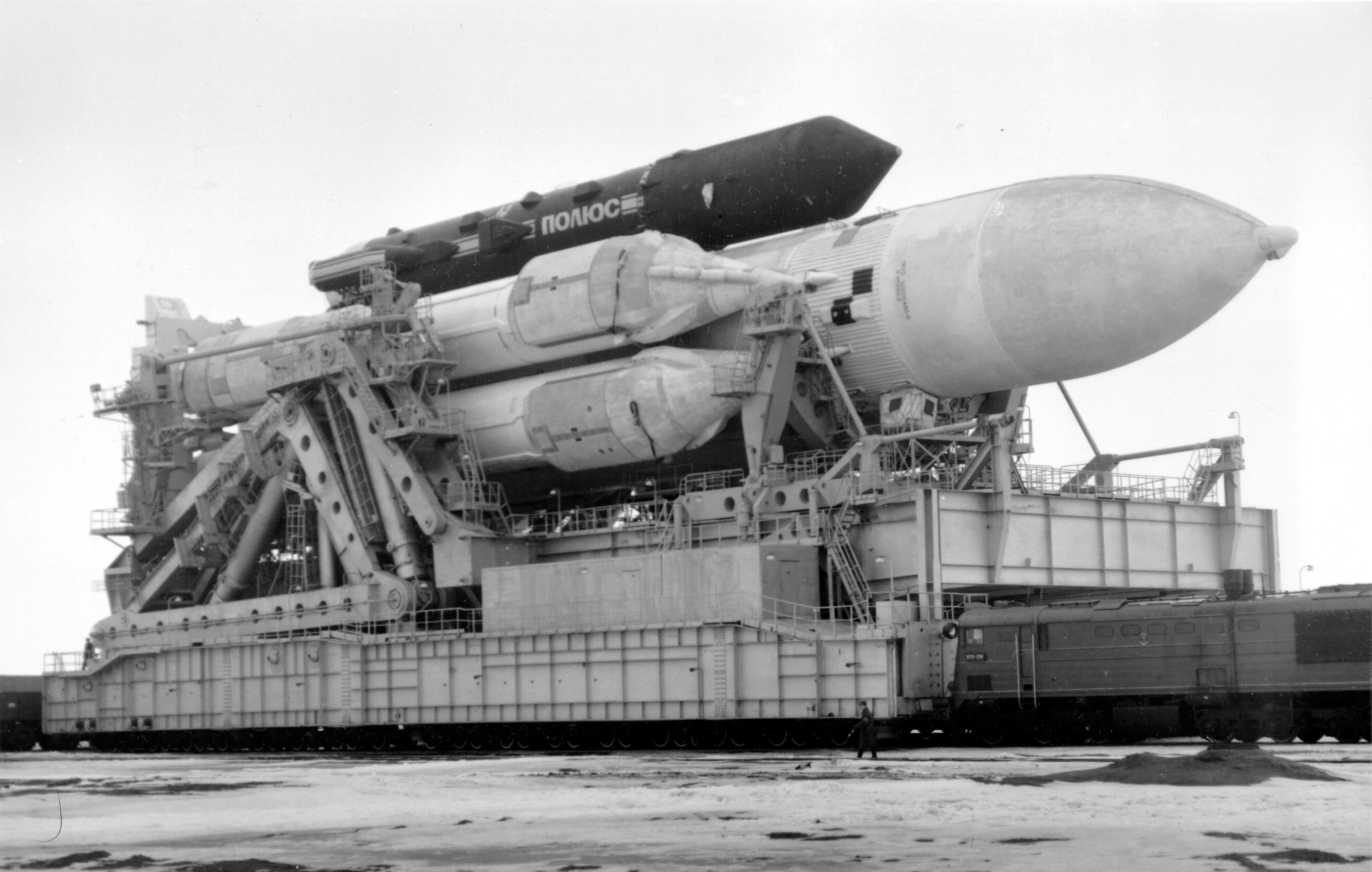
By the appointed time, they did not have time, and the docked “Energia” and “Skif-DM” were raised to the launching table only in May of 1987. A long 37-meter cylinder with a maximum diameter of about 4 meters was covered with black paint in order to maintain the desired temperature conditions inside the apparatus.

For the general public, the inscriptions "Mir-2" and "Polyus" were put on the spacecraft. In the press, “Skif-DM” was also called the “Pole”.

Alas, Gorbachev’s speech a few days before the launch of Skif was the death sentence of the program. The Secretary General has popularly explained that the Soviet Union is for a peaceful space, a peaceful foreign policy, for the common interests of the American and Soviet peoples and against the arms race in space. After that, the fate of Skif was decided, even though the launch took place on May 15, 1987. The unsuccessful flight of the first prototype contributed to the speedy closing of the program: at an altitude of 110 km, the Skif nominally undocked from Energia, and after a while the automation began to perform “inversion”: turning the engines back. However, due to a failure, the control system issued a command not provided for in the cyclogram — the stabilization engines did not stop the revolution at the right moment, and the device continued to rotate along the transverse axis. At the same time, the rest of the chain of automatic actions was fulfilled: the covers of a number of systems shot off and the overclocking engines were started. As a result, the outdated "Skiff" fell into the ocean after the "Energy".
Surprisingly, even for such a short flight, Skif managed to perform all the applied and part of the geophysical of the planned experiments:
“... Thus, the general tasks of launching the product ... were fulfilled by the number of solved tasks by more than 80%.
The solved tasks cover practically the entire volume of new and problematic solutions, the verification of which was planned during the first start-up of the complex ...
The flight tests of the complex consisting of the PH 11K25 6SL and the Skif-DM satellite were for the first time:
- The working capacity of the super-heavy class PH with an asymmetrical lateral arrangement of the displayed object was confirmed;
- wide experience of ground operation at all stages of preparation for the launch of the super-heavy rocket-space complex;
- obtained on the basis of the telemetry information of the spacecraft ... extensive and reliable experimental material on the conditions of launch, which will be used when creating spacecraft for various purposes and the ISS "Buran";
- The testing of the 100-ton class space platform for solving a wide range of tasks was started, during the creation of which a number of new progressive layout, design and technological solutions were used. ”

Sources: